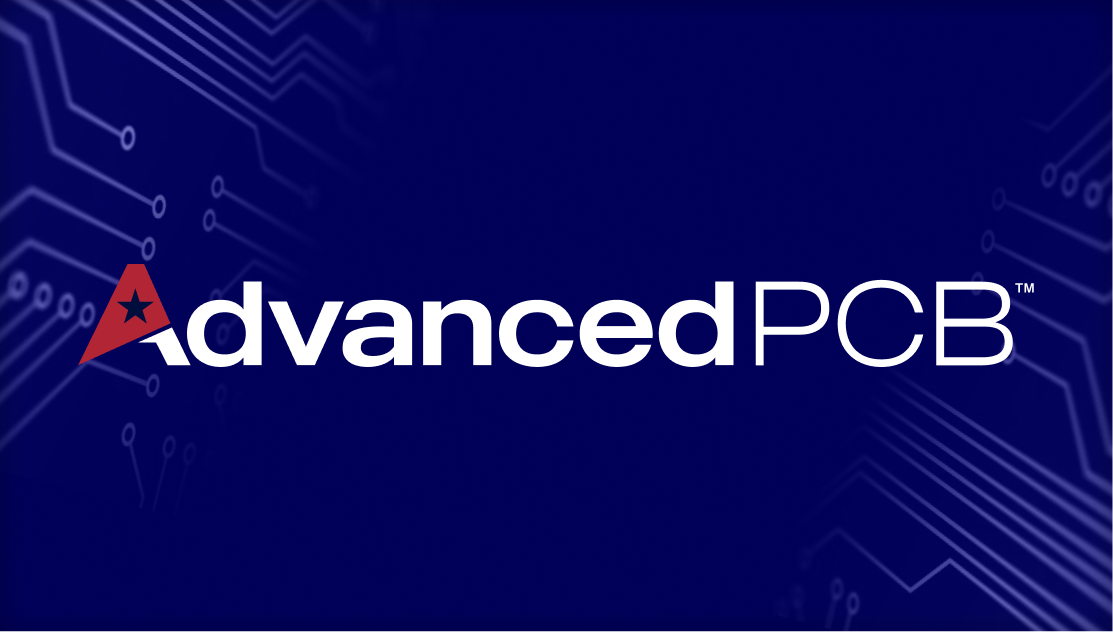Tips for Cleaning Dust from Your Printed Circuit Boards

If you notice that your circuit board is collecting dust or grime that keeps it from functioning normally, you may decide to clean the board before completely replacing it. There are different methods for cleaning printed circuit boards depending on the type of PCB you have and what dirt or buildup exists. Before you begin to clean your PCB, be aware that any time you do so you run the risk of causing damage to the board and components. Therefore, if the board works normally but is just a bit dusty you must decide if attempting to clean the PCB is worth the risk. For PCBs with only light dust, use an old dry toothbrush, dry paintbrush or the upholstery brush from your vacuum to loosen the dust. Then you can use a can of compressed air to blow the remainder of dust off of the board.
Have Harder Grime Stuck to Your Printed Circuit Boards?
The cleaning process becomes a bit trickier if you have grime on your printed circuit boards. Grime is common with monitor chassis boards that deal with higher temperatures and melting wax from components. Be sure to remove any socketed components before applying detergent and scrubbing mildly to loosen whatever is caked onto your PCB. Since this method may not work 100 percent of the time, it is a good idea to consult a PCB expert to see what you can potentially do to clean your circuit board and get it back into working order. If it cannot be fixed, you will need to place an order for a new board. Contact a representative at AdvancedPCB today to learn more.

AdvancedPCB
Related Posts

Future trends of the circuit board

2-Layer vs. 4-Layer Printed Circuit Boards



